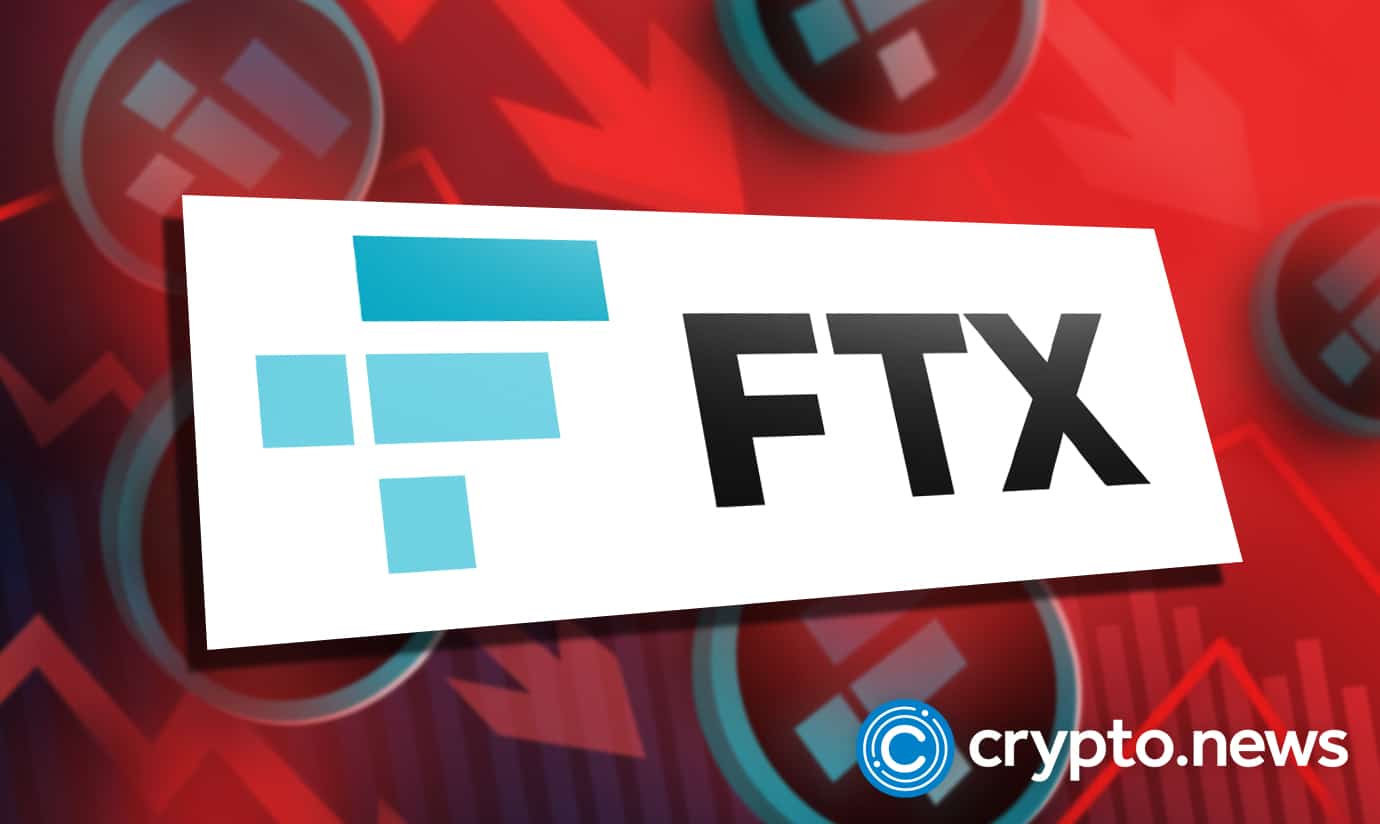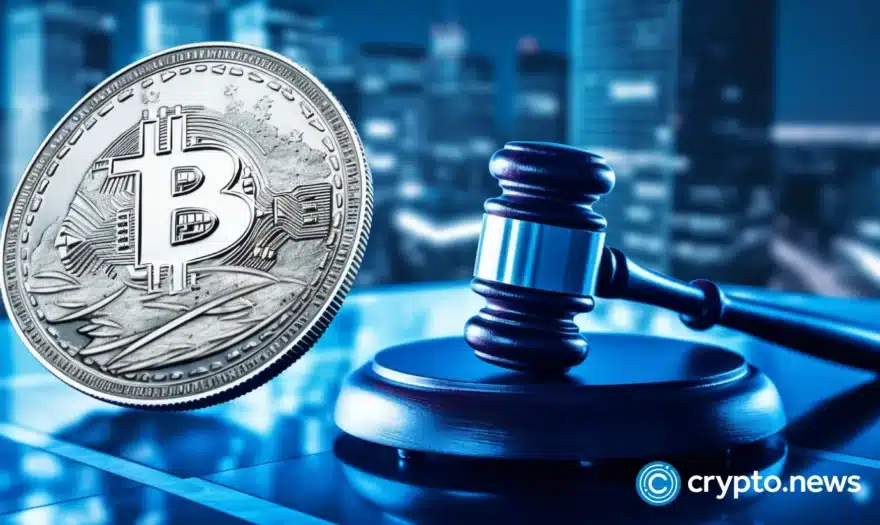Kroll compiles docket filed in FTX Bankruptcy proceedings

FTX have shared the dockets presented on their bankruptcy proceedings earlier today on the Kroll webpage. Additionally, the fallen crypto exchange plans to crowdsource all of the due diligence and release the dockets for public review.
FTX Group created Kroll page for legal proceedings updates
After filing its Chapter 11 bankruptcy petition, FTX Group established a Kroll portal to inform the public about its legal processes. All official and legal documents submitted during the proceedings with the United States Bankruptcy Court will be accessible to the public on the website.
So far, Kroll has published about sixteen dockets on the FTX page. All of them contain the proceedings from the trial at hand. The following is what was published and all the information gathered.
Bankman-Fried operated FTX as his domain
Before it collapsed, FTX founder Sam Bankman-Fried treated the crypto exchange as his “personal domain,” spending “significant amounts of money” on things unrelated to the company, like vacation properties in the Bahamas.
James Bromley of Sullivan & Cromwell testified in front of a US court on Tuesday, saying
“We have witnessed one of the most precipitous and difficult collapses in the history of corporate America……..For the first time, everyone could see under the covers and see the emperor had no clothing because of bankruptcy proceedings.”
On November 11, when its clients fled and executives uncovered billions of dollars in stolen assets, FTX filed for US bankruptcy protection, further agitating crypto markets.
To pay creditors, the legal team winding down FTX is attempting to locate a complicated web of assets. Allegations of misbehavior and serious governance flaws have been made in this case. There is also a dispute regarding jurisdiction between the US and the Bahamas, where FTX’s small inner circle operated the company.
Based on money received from venture capital investors, the company claims that FTX’s entire valuation peaked at $40 billion, with $32 billion going to its worldwide operations and $8 billion going to its US activities.
Bankruptcy lawyer testifies
As per Bromley, the bankruptcy team discovered that “significant monies” were transferred from the exchange to Bankman-crypto Fried’s hedge fund Alameda Research and that “significant amounts of money were spent on matters not related to the business.”
This included over $300 million in Bahamas-based real estate that he described as “homes and holiday villas used by the senior executives” of FTX.
Additionally, it appears that the Alameda hedge fund made illiquid venture investments totaling billions of dollars in Sequoia Capital and businesses like Elon Musk’s SpaceX and the Boring Company using FTX funds.
According to Bromley, FTX filed for bankruptcy after an “effective run on the bank” occurred due to rival crypto exchange Binance moving to sell off its FTT tokens, the cryptocurrency that FTX had issued. From a peak market value of $9.6 billion to barely $422 million in two days, the token lost 80% of its worth.
In addition, Bromley disclosed that the team of attorneys and detectives working on the bankruptcy would look into a transaction between FTX and Binance from the previous year. The competing cryptocurrency exchange, led by Changpeng Zhao, sold a share in FTX for almost $2.1 billion in cash and bitcoins.
John J. Ray III, FTX’s new CEO and chief restructuring officer, is currently in charge. Investigation companies like Kroll, blockchain research organization Chainalysis and a cyber security company whose identity hasn’t been revealed due to security concerns while it fights hacking attempts on FTX and its assets are all part of the bankruptcy team.
Per Bromley, the firm was collaborating with the US Department of Justice, the Securities and Exchange Commission, and other international regulators interested in the FTX collapse.
FTX’s collapse is the subject of two separate criminal investigations started by prosecutors working with the Department of Justice’s Southern District of New York and the Bahamas’ Financial Crimes Investigation Branch.
The court has sealed a list of the top 20 creditors in the FTX businesses. The names of people and organizations on the bankruptcy creditors’ committee must be made public, according to US bankruptcy judge John Dorsey, who is expected to include institutional investors who bought shares in FTX. Dorsey also gave the go-ahead for FTX to pay the remaining workers and suppliers.













